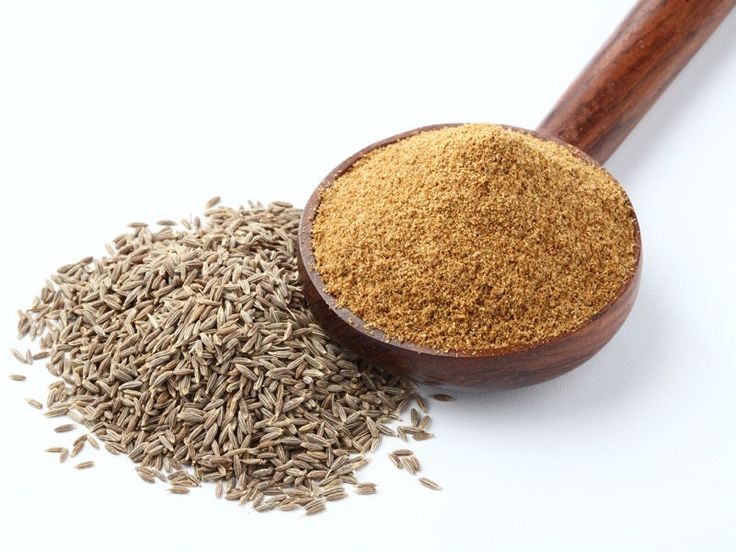
Cumin is an essential spice in Indian cuisine, revered for its robust flavor and multifaceted benefits. This article explores the unique qualities of cumin, its historical significance, health benefits, and its indispensable role in creating mouthwatering Indian dishes.
What is Cumin?
Cumin, scientifically known as Cuminum cyminum, is a flowering plant in the Apiaceae family. The spice is derived from the dried seeds of the plant, which are known for their aromatic and earthy flavor. Originating from the Eastern Mediterranean region, cumin has been used in culinary traditions across the globe for thousands of years.
Historical Significance of Cumin
Ancient Roots and Cultural Importance
Cumin’s history dates back to ancient civilizations. It was used in Egyptian mummification processes and mentioned in the Bible. In traditional Indian medicine, cumin has been utilized for its digestive properties and as a remedy for various ailments. Its significance extends beyond its culinary applications, reflecting its deep-rooted cultural importance.
Cumin in Indian Culinary Tradition
In Indian cuisine, cumin is not just a spice but a fundamental element of flavor. It is used in whole seed form, ground, or as part of spice blends. Its inclusion in dishes ranges from curries and stews to rice and snacks, making it an integral part of Indian cooking.
Health Benefits of Cumin
1. Enhances Digestion
Cumin has been recognized for its ability to aid digestion. The spice stimulates the production of digestive enzymes, which helps in breaking down food more efficiently. This can alleviate symptoms of bloating, indigestion, and gas.
How to Use:
Add cumin seeds to soups, stews, or teas to benefit from its digestive properties. Cumin powder can also be mixed into curries and rice dishes.
2. Rich in Antioxidants
Cumin is a potent source of antioxidants, which help combat oxidative stress and protect cells from damage. Antioxidants in cumin include compounds like cumin aldehyde and thymoquinone, which contribute to overall health and well-being.
How to Use:
Incorporate cumin into daily meals. Its antioxidant properties enhance the nutritional value of your dishes, contributing to long-term health benefits.
3. Boosts Immune System
The immune-boosting properties of cumin are attributed to its high content of vitamin C and other essential nutrients. Regular consumption of cumin can support a healthy immune system and increase the body’s resistance to infections.
How to Use:
Add cumin to smoothies, teas, or as a seasoning for vegetables. This can help fortify your immune defenses and promote overall wellness.
4. Regulates Blood Sugar Levels
Cumin has been shown to aid in the regulation of blood sugar levels. Its ability to improve insulin sensitivity and reduce blood glucose levels makes it beneficial for individuals with diabetes or those at risk.
How to Use:
Incorporate cumin into meals such as lentil soups, vegetable curries, and quinoa dishes. This can help maintain stable blood sugar levels.
5. Supports Weight Management
Cumin may aid in weight management by enhancing metabolism and promoting fat loss. Its compounds can help boost the body’s metabolic rate, which assists in burning calories more effectively.
How to Use:
Add cumin to your diet through spice blends, curries, and roasted vegetables. Combined with a balanced diet and regular exercise, cumin can support weight management goals.
How to Use Cumin in Cooking
1. Whole Cumin Seeds
Whole cumin seeds are often used in Indian cooking to impart a deep, nutty flavor. They are typically toasted in oil to release their essential oils before adding to dishes.
How to Use:
- Heat a small amount of oil in a pan.
- Add a teaspoon of whole cumin seeds.
- Toast them until they become aromatic and slightly darkened.
- Use them as a base for curries, rice, or vegetable dishes.
2. Ground Cumin
Ground cumin is versatile and used in spice blends and recipes where a more subtle flavor is desired. It blends seamlessly into sauces, soups, and stews.
How to Use:
- Add ground cumin directly to your recipes.
- It can be mixed with other spices such as coriander, turmeric, and chili powder to create flavorful blends.
- Use it in dishes like chili, lentil soups, and roasted vegetables.
3. Cumin in Spice Blends
Cumin is a key ingredient in many Indian spice blends, such as garam masala and curry powder. These blends offer complex flavor profiles and are essential in many traditional dishes.
How to Use:
- Add spice blends that include cumin to curries, stews, and marinades.
- They can be used to season meats, vegetables, and grains for added flavor.
4. Cumin-Infused Oil
Cumin-infused oil adds a rich, aromatic flavor to dishes and can be used as a finishing touch or in cooking.
How to Use:
- Heat 1 cup of oil in a saucepan.
- Add 2 tablespoons of cumin seeds and allow them to infuse the oil over low heat for 10 minutes.
- Strain and store the oil in an airtight container.
Use the infused oil to sauté vegetables, dress salads, or drizzle over dishes for an extra layer of flavor.
5. Cumin Tea
Cumin tea is a soothing and health-boosting beverage. It can aid digestion and offer a gentle, warming effect.
How to Use:
- Boil 1 cup of water.
- Add 1 teaspoon of cumin seeds and let it steep for 5 minutes.
- Strain and drink the tea, optionally adding honey or lemon for additional flavor.
Conclusion
Cumin is a fundamental spice in Indian cuisine, offering a depth of flavor and a range of health benefits. Its versatility in cooking and its rich history make it an indispensable ingredient in many dishes. By incorporating cumin into your diet, you can enjoy its unique flavor while reaping its numerous health advantages.
